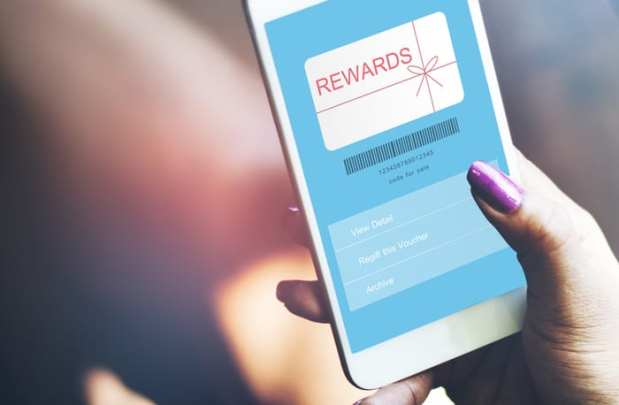Rewriting Rewards Around Consumer Behavior

In theory, a rewards program tied to customer loyalty is a totally logical acquisition tool. Customers prone to come in anyway are incented further with points (or stars, or cash back savings), which bring them in, which draws spend, which creates more points and rewards, which creates more reason to come back … and on and on. Done right, rewards programs can be a powerful flywheel for driving customer loyalty.
But doing it right — that is a whole other issue. The problem is while it might make sense for every individual merchant or platform for consumers to offer some kind of incentive-based loyalty program, it rapidly becomes a rather unmanageable experience for the consumer. So unmanageable, in fact, that many consumers, according to Drop CEO Derrick Fung, give up and stop participating in the loyalty program at all — meaning all the time and money spent in developing it was basically a waste.
“There’s going to come a time, and it’s going to come soon, [when] consumers drop out of loyalty programs entirely because there are too many to keep track of and actually get value from them,” Fung told PYMNTS.
And this leads to the biggest problem with loyalty — it tends to create a fairly broad, one-sized fits all solution for reward customers that ends up feeling more generic than personalized most of the time. So Drop decided to do things differently by linking the rewards to the payment method instead of the brand itself.
To join, consumers link their spending method(s) — credit cards, debit cards, digital wallets — of choice to their Drop accounts. Drop then automatically scans and analyzes all purchases made with those linked payment methods, and uses the data to push rewards and offers to customers based on the things they actually buy.
“Consumers are just inundated with way too many rewards programs, so they’re really only active in a couple of programs,” Fung explained. “There are just too many options. We’re trying to consolidate all those kinds of consumer loyalty programs into one platform that will actually deliver rewards to customers, instead of spreading all those rewards out over several platforms and programs.”
The idea behind drop is to build a system that works for consumers and create a rewards-based marketing channel for brands and retailers that actually makes sense and achieves what it is supposed to. Millennial consumers have demonstrated in any number of ways that they are value-conscious and open to rewards programs. They just don’t find having to work hard, or do advanced math, all that rewarding. Merchants are looking for a cost-effective way to market, and social media channels aren’t an inexpensive way to go about it.
Today Drop is available in the U.S. and Canada on both iOS and Android. But international expansion is on the horizon — Fung says that the company’s next two markets will be Australia and the United Kingdom.
That expansion will likely be buttressed by its latest Series B round, which enriched its coffers to the tune of $44 million. The round was led by Onsi Sawiris of HOF Capital . In addition, the Royal Bank of Canada joined the round as a strategic investor.
But what will not change is the focus that first pushed Drop into the loyalty and rewards segment: their conviction that in-house loyalty programs aren’t doing what they all exist at base to do — bring new customers into stores and encourage them to spend more money.
“On a platform like Drop, merchants come to us to try to accomplish various goals they aren’t fulfilling in-house, whether it’s acquiring new customers or driving customers to spend more per visit,” Fung said.
The world of loyalty programs built on and around rewards is a big place. Apart from all of those individual in-house offerings, Drop also must compete with startup offerings like Bumped, which pays out rewards in the form of stock in the brands that customers frequent; or Lolli, which pays out rewards in bitcoin.
But Feng remains convinced that customers like points and offers — they just want them to be easy to manage and relevant to use.